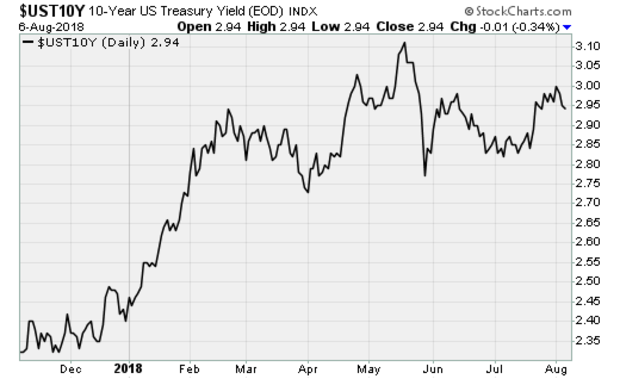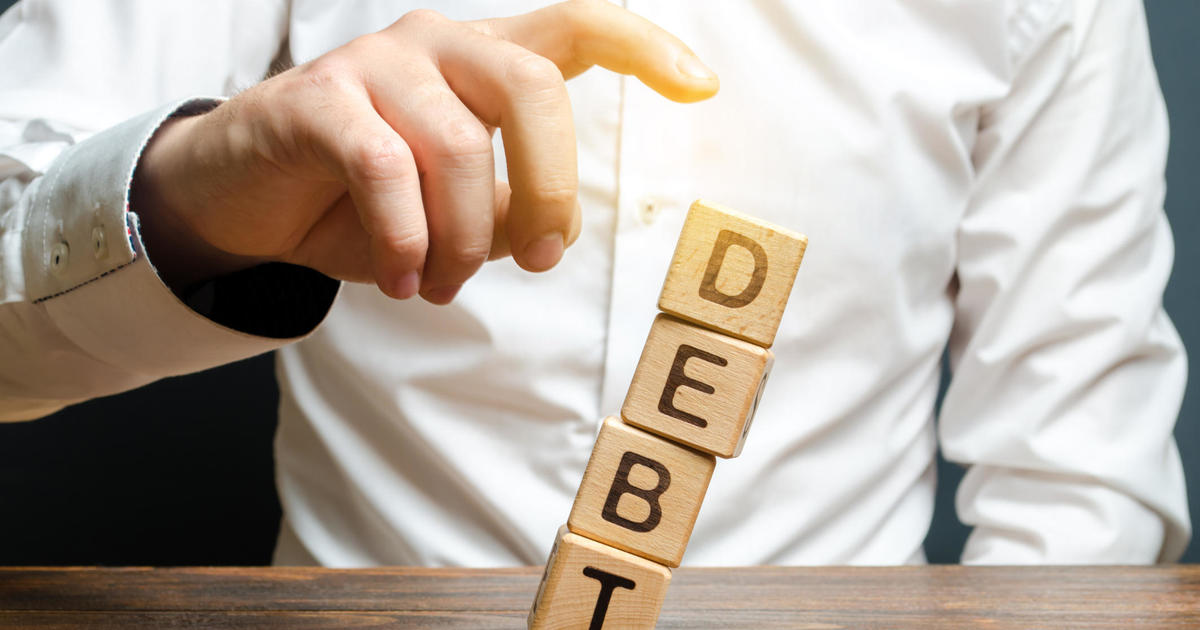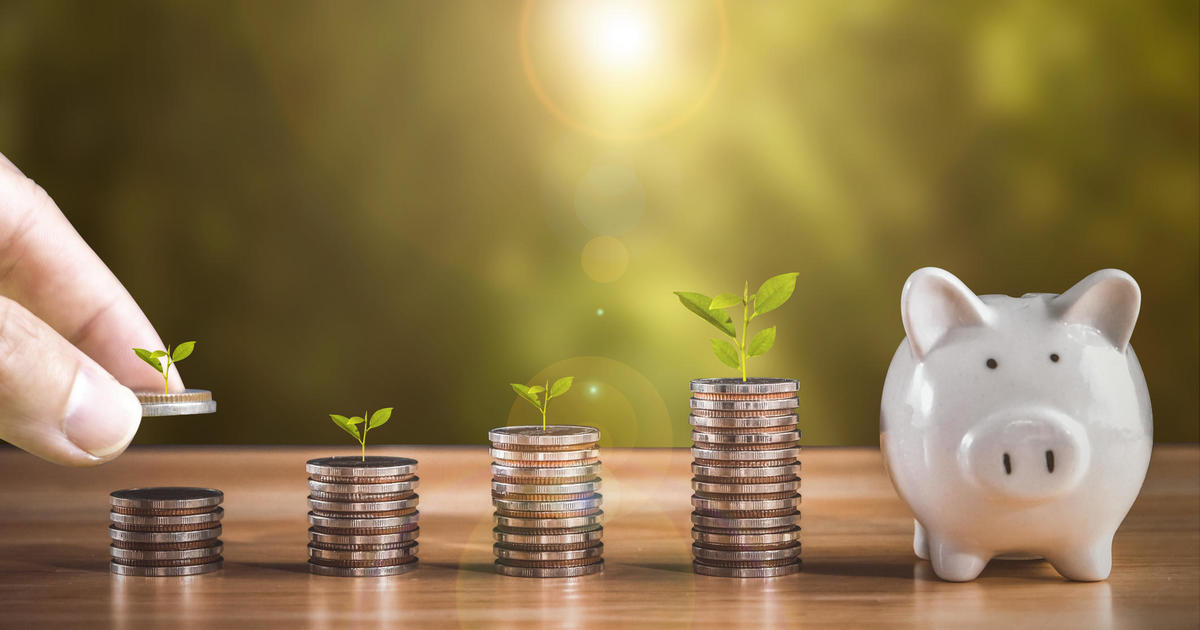Why 10-year Treasury bonds at 3% matters to investors, borrowers
Markets have had plenty of reasons to be nervous in recent months. Arguably the biggest is that the 10-year Treasury yield has been flirting with the three-percent threshold.
Why the worry?
For one, the rise in interest rates paid on 10-year Treasury bonds reflects a worsening inflation picture. The New York Fed's Underlying Inflation Gauge has hit a 3.3 percent annual rate, a level not seen since the 2004-2005 period, before the real estate bubble popped so spectacularly in 2008. The Federal Reserve is responding by sticking to its guns on raising short-term interest rates and unwinding years of bond buying stimulus in the wake of the financial crisis.
In the Fed's most recent policy statement from Aug. 1, central bank officials upgraded their assessment of economic growth to "strong" from "solid." For them, that's high praise. And their hawkish stance against inflation threats has attracted the ire of President Trump, who took to Twitter on July 20 to ask why the United States should be penalized for "doing so well" and wonder why rates are being raised with so much federal debt coming due.
Mr. Trump is onto something, because a $21.3 trillion national debt and a near-$800 billion annual deficit fueled by big tax cuts and increased government spending means more and more of the federal budget is set to be swallowed by interest expenses as rates rise. The Committee for a Responsible Federal Budget warns that interest spending is the fastest-growing part of the federal budget and is set to quadruple between 2017 and 2028 to reach the highest share of GDP in the country's history.
Under current projections, the government is set to spend $6.8 trillion on interest costs over the next decade. But if interest rates rise just one percentage point higher than projected, interest costs would increase by a further $2 trillion. If interest rates return to their pre-recession levels, an additional $3.4 trillion would be spent just on interest.
A similar dynamic would be faced by households and businesses across the economy. Household and non-profit institution indebtedness totals nearly $15.3 trillion -- up from a peak of $14.4 trillion during the last cycle and up nearly $2 trillion from the low hit in 2012. Nonfinancial corporate debt has exploded even more, more than doubling from levels seen in 2006 to $6.2 trillion.
Higher interest costs would squeeze the ability of consumers to consume and of companies to hire and expand. Everything from mortgage rates to car loans and credit card payments would become more expensive, undermining consumer confidence and spending power. Debt-funded corporate stock buybacks would slow, easing one of the main sources of buying demand during this bull market.
So, back to the 3 percent threshold for Treasuries. Why is it so special?
Put simply, Wall Street is a fan of straight lines and round numbers on charts. And a three percent yield on the 10-year Treasury bond marks an eight-year resistance point that, if broken, would call into question the long bull market in bonds (which has kept interest rates low) going back to the early 1980s.
It would announce, loud and clear, that the pattern of steady lower interest rates enjoyed over the past three decades is over.
No less than JPMorgan CEO Jamie Dimon is sounding the alarm, telling the Aspen Institute's 25th Annual Summer Celebration Gala over the past weekend that people should prepare for interest rates on the 10-year bond to hit five percent and beyond.





